Understanding the fate of environmental waste loads
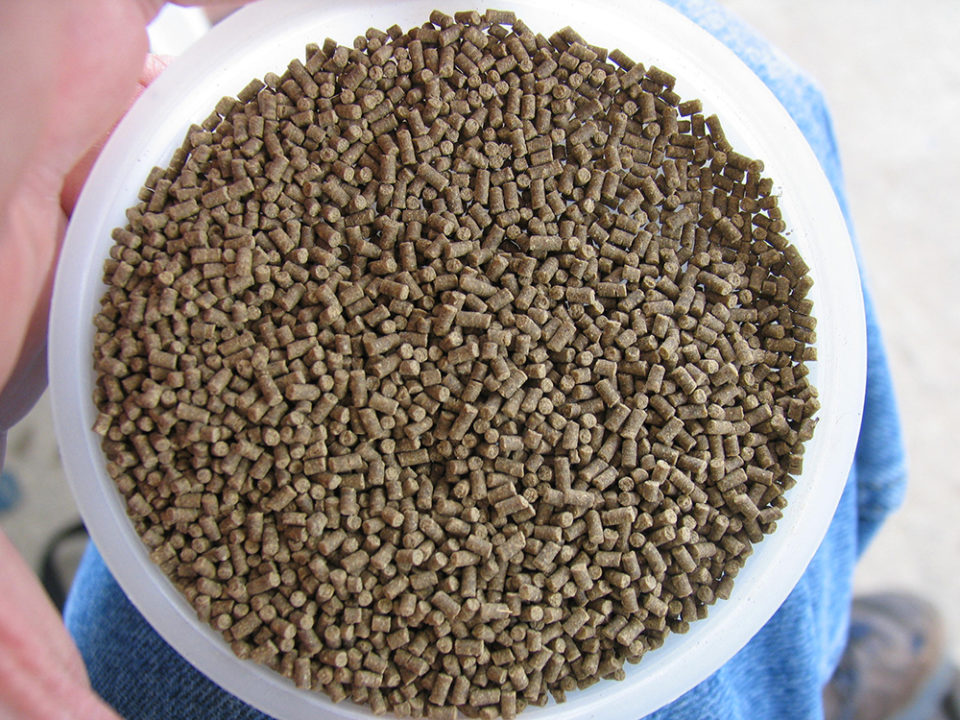
Natural productivity in ponds without fertilization usually allows no more than 500 kg/ha per crop of fish or shrimp, but fertilization can increase productivity by 3- or 4-fold. Feeds have allowed a tremendous increase in the intensity of aquaculture production. The combination of feeding and mechanical aeration has increased production many times above that possible in fertilized ponds.
Feeds cannot be converted entirely to fish or shrimp biomass, and the waste from feeding is a source of water pollution in culture systems and in water bodies receiving aquaculture effluents. Therefore, it is useful for aquaculturists to have an understanding of the fate of feed in ponds and other aquaculture systems.
Feeds are made mainly from plant and animal meals and oils, and they also contain minor ingredients such as vitamin and mineral supplements. Feeds are made of high quality substances, so they are highly digestible by culture animals, and the resulting waste is easily degraded by microorganisms of decay.
The culture species usually eat most of the feed applied, but only a portion of the feed eaten is absorbed across the intestine of the culture animals. The rest is expelled as feces. A portion of the absorbed nutrients from feed is used for growth, and the remainder is excreted as metabolic waste (Table 1). In a shrimp pond where the feed conversion ratio (FCR) is 1.7, an input of 1,700 kg of feed will yield 1,000 kg live shrimp. The feed usually is about 90 percent dry matter and 10 percent water, while shrimp are about 25 percent dry matter and 75 percent water. The distribution of the dry matter added in feed might be as follows: 1,530 kg of feed applied; 230 kg of uneaten feed; 195 kg of feces; 855 kg of metabolic waste from the culture species; 250 kg of shrimp biomass.
Boyd, effluent, Table 1
| Fraction of feed | Typical percentage |
|---|---|
| Eaten | 80-95 |
| Feed consumed but expelled as feces | 10-20 |
| Feed nutrients absorbed and converted to biomass | 10-20 |
| Feed nutrients absorbed and converted to metabolic waste | 80-90 |
Calculating FCR
The FCR is calculated from the air-dry weight of feed added to ponds and the live weight of culture organisms harvested. The FCR is perfectly acceptable for estimating the efficiency of feeding. However, the producer actually purchases water in the feed and sells water in the aquaculture production. The water in feed and culture animals has no influence on water quality. It is the dry matter waste from feeding that affects water quality in culture systems and in the aquatic environment receiving aquaculture waste.
The FCR can be calculated on a dry matter basis. In the example of shrimp production in ponds with feeding given above, the dry matter FCR would be 6.12 (1,530 kg of feed ¸ 250 kg of shrimp). Thus, for every kilogram of aquaculture production, 5.12 kg waste (6.12 kg of dry matter input in feed – 1.0 kg of shrimp) would result.
Wasted feed and water quality
These wastes have several effects on water quality. The solid wastes (uneaten feed and feces) are decomposed by bacteria and other microorganisms with the release of the metabolic wastes (carbon dioxide, ammonia, phosphate, and other inorganic substances). Feed nutrients absorbed across the intestine of the culture animals but not converted to harvest biomass are excreted as the same metabolic wastes released by microorganisms of decay.
The degradation of organic matter by microorganisms and the respiration of the culture species requires 2.67 kg of molecular oxygen for each kilogram of organic carbon converted to carbon dioxide. In addition, the ammonia released by microbial decomposition and metabolism of the culture species is oxidized to nitrate by nitrifying bacteria. This process requires 4.57 kg of molecular oxygen per kilogram of ammonia nitrogen converted to nitrate nitrogen. The typical oxygen demand imposed by feed in aquaculture systems ranges between 1,100 and 1,500 kg of oxygen per metric ton of production.
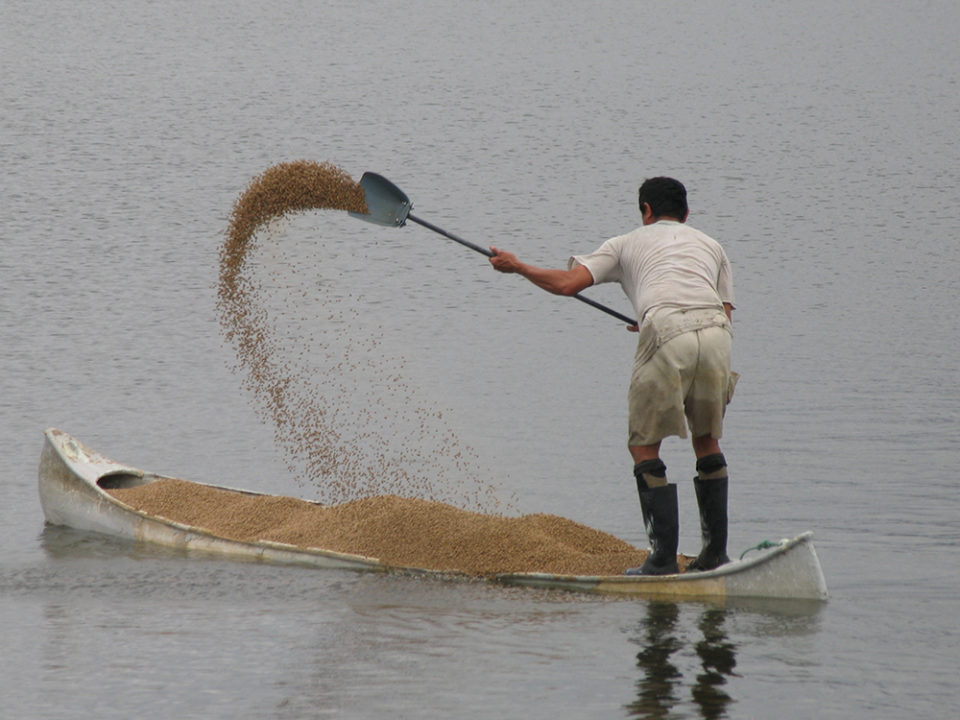
The quantity of inorganic nutrients released as a result of feeding in aquaculture systems ranges from 1,200 to 2,000 kg of carbon dioxide, 30 to 60 kg of nitrogen, and 6 to 16 kg of phosphorus per metric ton of production. These nutrients can stimulate the growth of phytoplankton and lead to eutrophication within culture ponds, in lakes containing aquaculture cages, and in water bodies receiving aquaculture effluents.
The nitrification process also results in acidity that can neutralize alkalinity in aquaculture systems and in water bodies into which they discharge. Each kilogram of ammonia nitrogen oxidized releases acidity equal to 7.14 kg of calcium carbonate (alkalinity concentration usually is expressed as equivalent calcium carbonate). The acidification potential resulting from feeding typically ranges from 250 to 500 kg of calcium carbonate per metric ton of production.
The waste load from feeds initially enters the culture system. In ponds, there is an extended water retention time, and organic matter is oxidized, ammonia is converted to nitrate, and phytoplankton remove nutrients from the water. These processes assimilate wastes but degrade pond water quality – especially by increasing oxygen demand. Mechanical aeration usually is applied to avoid low dissolved oxygen concentration and its adverse effects on culture species. Phosphate also is removed from pond water by bottom soil. Thus, much of the waste load from feed – up to 90 percent of the organic matter, 60 to 70 percent of the nitrogen, and 80 to 90 percent of the phosphorus from feed – is assimilated within ponds.
In raceways, a portion of the waste can be settled from the water and removed preventing its discharge into natural water bodies. Mechanical and biological treatment also may remove considerable amounts of waste from water reuse and water recirculating culture systems. In cage culture, the entire waste load is discharged directly into the body of water containing the cages.
The culture system waste load consists of the portion of the feed not converted to biomass of the culture species. However, the amount of waste discharged into receiving water bodies – the environmental waste load – may be considerably less than the culture system waste load in all but cage culture.
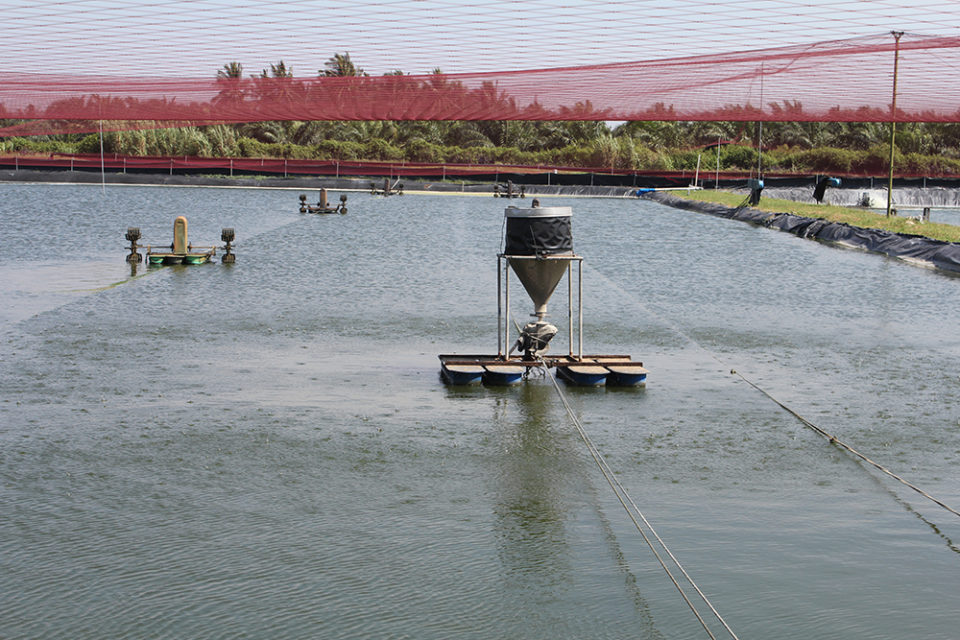
Perspectives
Aquaculture systems should be operated with attention to reducing the environmental waste load. This requires use of high quality feeds, care to avoid overfeeding, and maintenance of good water quality. These practices lower the FCR and lessen the production system waste load from feed. Good water quality in the culture system protects the culture animals, but it also lessens the environmental waste load.
Now that you've reached the end of the article ...
… please consider supporting GSA’s mission to advance responsible seafood practices through education, advocacy and third-party assurances. The Advocate aims to document the evolution of responsible seafood practices and share the expansive knowledge of our vast network of contributors.
By becoming a Global Seafood Alliance member, you’re ensuring that all of the pre-competitive work we do through member benefits, resources and events can continue. Individual membership costs just $50 a year.
Not a GSA member? Join us.
Authors
-

Claude E. Boyd, Ph.D.
School of Fisheries, Aquaculture and Aquatic Sciences
Auburn University
Auburn, Alabama 36849 USA -
Sirirat Chatvijitkul, Ph.D.
School of Fisheries, Aquaculture and Aquatic Sciences
Auburn University
Auburn, Alabama 36849 USA
Tagged With
Related Posts
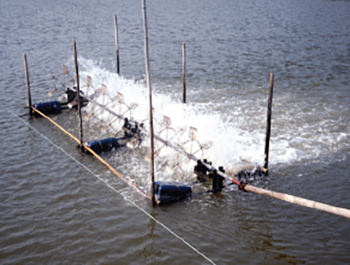
Responsibility
Efficiency of mechanical aeration
Although relatively expensive, mechanical aeration increases production. Asian-style paddlewheel aerators are widely used but are inefficient. Testing has led to more efficient designs that are now widely used in U.S. catfish and shrimp ponds.
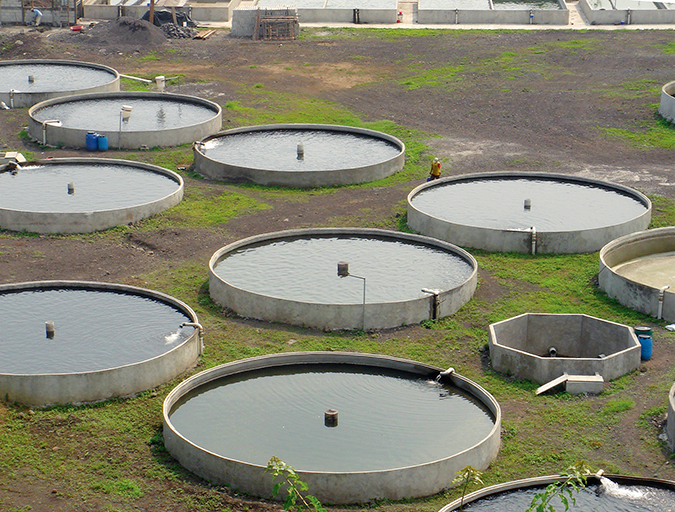
Responsibility
Calcium and magnesium use in aquaculture
Aquatic plants and animals get the essential nutrients calcium and magnesium from water and food. Calcium concentrations impact the hydration and development of eggs in a hatchery, where calcium carbonate precipitation can be troublesome.
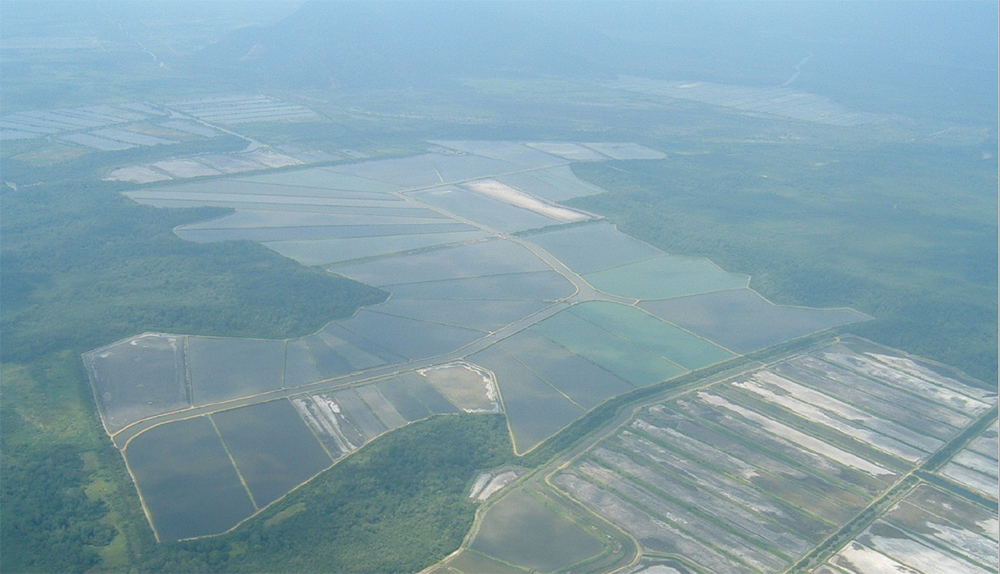
Health & Welfare
The importance of iron in aquaculture systems
Iron is the fourth most abundant element in the earth’s crust, but occurs at very low concentrations in surface waters and oceans. It is an essential element for many organisms as part of many enzymes, and also has an important role in plant photosynthesis.
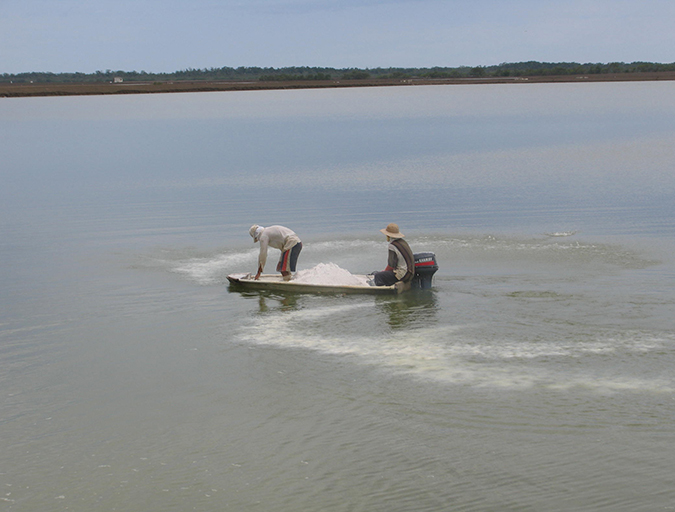
Responsibility
What causes alkalinity changes in aquaculture waters?
Total alkalinity is an important variable in water for aquaculture systems, and its concentration frequently fluctuates over time in many culture systems.



